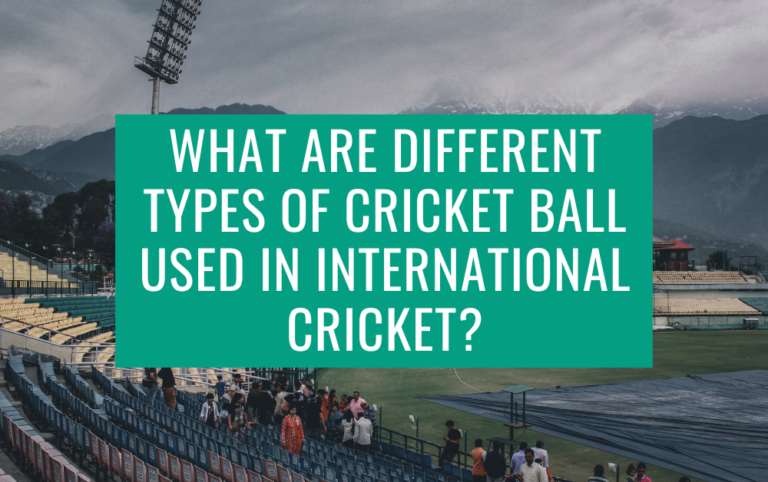Cricket, a sport now synonymous with intense competition and global passion, has a history as intricate and fascinating as the game itself. This journey into the past explores where cricket originates from, delving into its evolution from a humble game played in village greens to a major international sport. Understanding cricket’s roots not only deepens our appreciation for the game but also reveals how it has become a mirror reflecting social and cultural changes over centuries.
History of Cricket: Where Does Cricket Originate From?
Cricket’s origins can be traced back to the dark, dense woodlands of southeastern England, particularly the Weald. Here, during the Saxon or Norman times, cricket began not as the sport we know today but as a simple children’s game. It involved a rudimentary bat, a ball, and objects like tree stumps or mounds of earth serving as wickets. These early versions of cricket were informal, largely unstructured, and played for leisure.
How Cricket Emerged as an Organized Sport
While the origins may remain contested, cricket certainly evolved into an organized competitive sport in England by the 1700s.
The first recorded cricket match took place in Kent in 1646. The first set of rules resembling modern cricket were penned in 1744 for the Cricket Club in London.
Cricket saw more aristocratic interest and patronage grow through the 1700s. In the 1760s, the famous Hambledon Club was formed which did much to popularize cricket nationally.
The Marylebone Cricket Club, founded in 1787, codified the first official Laws of Cricket in 1788. This paved the path to modern cricket.
The 17th and 18th Century: Cricket’s Formative Years
As the 17th century unfolded, cricket underwent a significant transformation. No longer confined to the realms of children’s play, it began to be embraced by adults, evolving into a more structured and competitive sport. This period marked the laying down of some of the first known rules and the emergence of cricket as a sport for both the masses and the aristocracy. The involvement of notable figures, such as the Duke of Richmond, played a pivotal role in cricket’s ascent as a popular pastime.
Read Also: The 12 Best Volleyball Shoes For 2024 (Tested By Professionals)
The 18th Century: Cricket Becomes a National Sport
The 18th century witnessed cricket firmly establishing itself as a national sport in England. The formation of cricket clubs, the organization of matches with formalized rules, and the patronage of the aristocracy and gentry contributed to its burgeoning popularity. Hambledon Club in Hampshire and Marylebone Cricket Club (MCC) in London were instrumental in this phase, with MCC later becoming the custodian of cricket laws.
The Expansion Beyond England
Cricket’s spread beyond England’s shores is largely attributed to the British Empire’s colonial expansion. Countries such as Australia, South Africa, India, and the West Indies saw the introduction of cricket through British colonial influence. In each of these lands, cricket took on a new life, reflecting local cultures and contexts, while retaining the core elements of the game.
The Birth of International Cricket
The first international cricket match, played in 1844 between the United States and Canada, marked a significant milestone in the sport’s history. This event heralded the beginning of cricket as an international sport, paving the way for the first Test match between Australia and England in 1877 and the eventual formation of the International Cricket Council (ICC).
Cricket’s Growth into an International Sport
Though cricket remained limited to England and colonies through the 1700s, it began growing globally in the 1800s.
- In 1844 the first international cricket match occurred between the US and Canada.
- The first Australian cricket club formed in 1826 and an England cricket team toured Australia in 1861.
- South Africa, New Zealand and India established cricket clubs through the late 1800s.
- In 1909, the Imperial Cricket Conference was formed to govern the sport globally.
- The first international Test match was played between Australia and England in 1877 which sparked intense cricketing rivalry between the nations.
So by the late 19th century, cricket established itself as an international sport played across the British Empire colonies.
Evolution of Rules of Cricket
The laws of cricket, first codified in 1744, have continually evolved. The MCC played a crucial role in this process, standardizing the game’s rules and ensuring its integrity. The introduction of the Laws of Cricket brought a formal structure to the game, laying the foundation for modern cricket as we know it today.
The Evolution of Cricket Equipment
As cricket evolved from its humble beginnings to a globally recognized sport, so did its equipment. The cricket bat, in particular, has seen significant changes in its design and weight, adapting to the changing dynamics of the game. For a detailed insight into the evolution of cricket bat weight and its impact on the sport, visit Cricket Bat Weight. This article offers a comprehensive look at how the cricket bat has transformed over the years, influencing both batting styles and the overall pace of the game.
The Modern Era: Cricket World Cups and Innovations
The 20th and 21st centuries have seen cricket undergo significant transformations, adapting to changing times and tastes. The introduction of the Cricket World Cup, first held in 1975, brought a new level of international competition. Innovations like One Day Internationals (ODIs) and Twenty20 (T20) cricket have added new dimensions to the game, making it more accessible and entertaining for a global audience.
The Global Expansion of Cricket in the 20th Century
Cricket’s popularity boomed globally through the 1900s due to decolonization and the rise of one-day cricket.
- Test nations like West Indies, India, Pakistan emerged post-independence in the 1940s-60s.
- Limited overs cricket, especially One Day Internationals, attracted new cricketing nations from East Africa to the Netherlands.
- The shorter Twenty20 format from 2003 made cricket accessible to new fans worldwide.
- Successful World Cup tournaments and explosive players like Viv Richards spurred cricket into a global phenomenon.
Women in Cricket: A Rising Force
Women’s cricket, though often overshadowed by the men’s game, has a rich history and has been gaining momentum and recognition in recent years. The formation of the International Women’s Cricket Council and the inclusion of women’s cricket in major international competitions signify its growing prominence.
The Current State of Cricket Worldwide
Today cricket enjoys immense popularity across the British Commonwealth, Indian subcontinent, South Africa, Australasia and even pockets of the West Indies and Europe.
The sport continues to evolve with faster formats, new tournaments like the IPL and ICC programs to expand cricket globally. While challenges remain, cricket enjoys a prestige and fan following across continents today undreamt of when it first emerged in rural England.
The Future of Cricket
Looking ahead, the future of cricket seems to be on a trajectory of continuous evolution and innovation. With technology playing a bigger role and new formats emerging, the game is set to attract more diverse audiences and adapt to the changing sports landscape.
Conclusion: The Legacy Continues
From its humble beginnings in the woodlands of England to its current status as a beloved global sport, cricket’s journey is a testament to its enduring appeal and adaptability. Its origins are not just a point of historical interest but a reflection of how sports can transcend boundaries, connect cultures, and evolve with time. The legacy of cricket, rooted in its rich history, continues to thrive and captivate millions around the world.
Key Takeaways:
- Cricket originated in the Weald of southeastern England during Saxon or Norman times.
- It evolved from a children’s game to a competitive adult sport in the 17th and 18th centuries.
- Cricket became a national sport in England in the 18th century, with significant contributions from clubs like MCC.
- The spread of cricket globally was facilitated by British colonial expansion.
- The first international cricket match was played in 1844, marking the beginning of cricket as an international sport.
- The laws of cricket have evolved over time, with the MCC playing a key role in standardizing the rules.
- Modern cricket includes innovations like the Cricket World Cup and T20 matches, appealing to a global audience.
- Women’s cricket is gaining recognition, marking a significant shift in the sport’s inclusivity.
- The future of cricket is marked by continuous evolution, technological advancements, and new formats.
Where Does Cricket Originate From Where Does Cricket Originate From Where Does Cricket Originate From Where Does Cricket Originate From Where Does Cricket Originate From Where Does Cricket Originate From Where Does Cricket Originate From Where Does Cricket Originate From Where Does Cricket Originate
For more insights into cricket equipment and game strategies, visit CricHD
From Where Does Cricket Originate From Where Does Cricket Originate From Where Does Cricket Originate From Where Does Cricket Originate From Where Does Cricket Originate From Where Does Cricket Originate From Where Does Cricket Originate From Where Does Cricket Originate From Where Does Cricket Originate From Where Does Cricket Originate From Where Does Cricket Originate From





